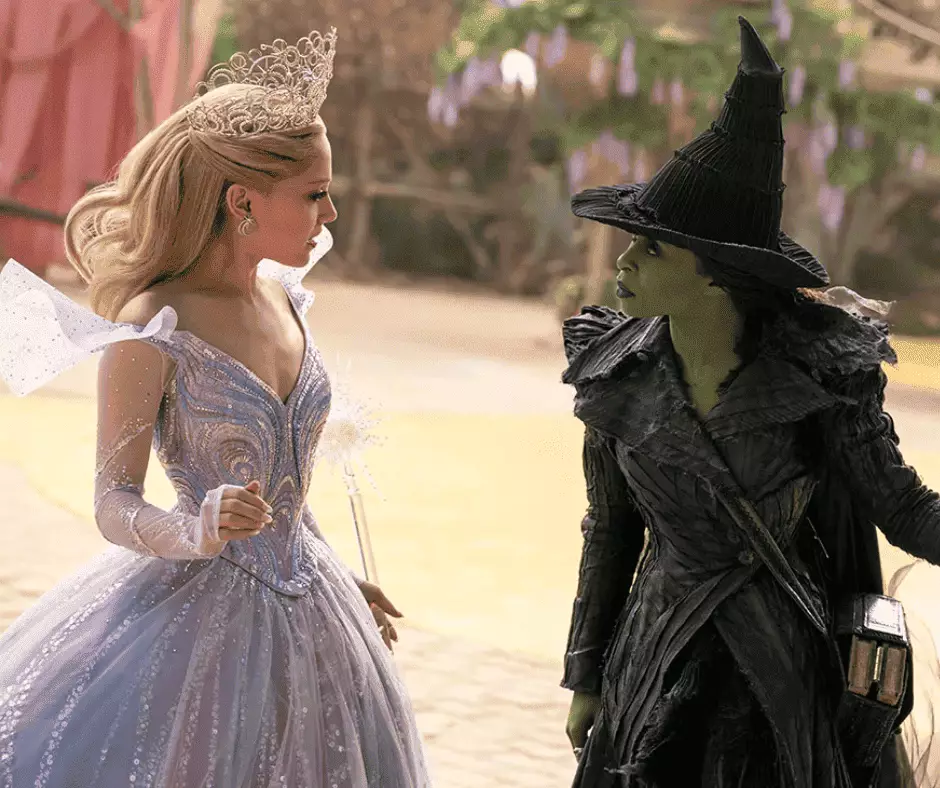Photo Credit: HBO / The White Lotus, Season 3
What Hollywood’s Shake-Up Means for the Creator Economy
The tides of Hollywood’s pay structures are shifting—and the ripple effects are being felt across the global creator economy.HBO’s The White Lotus has ignited a heated conversation after producers revealed an uncompromising, equal-pay rule: every actor receives the same salary, regardless of fame, credits, or negotiation tactics. While this principle might sound utopian, it represents a radical departure from the longstanding hierarchy-based model that has defined film and television for decades.
In the third season, each cast member will reportedly earn around $40,000 per episode. Equal billing is also part of the contract, with actors listed alphabetically in credits to reinforce a sense of parity. This philosophy has polarised the industry. On one end, it promotes creative integrity and dismantles traditional power imbalances. On the other hand, it has caused high-profile actors, including Woody Harrelson, to walk away due to the inability to negotiate a higher rate.
This tension underscores a bigger truth: Creators across all sectors are demanding new rules, better systems, and equitable compensation that matches the value they bring.
The Cracks in Traditional Pay Models
Hollywood has long rewarded star power. Big names commanded bigger pay, regardless of their screen time or actual impact on storytelling. While this worked in the blockbuster era, the rise of streaming has transformed how content is consumed and monetised.Today, binge-watchers do not always care who is top-billed. A character actor can become a global meme overnight. A first-time filmmaker can eclipse a legacy director with one viral hit.
However, pay structures have been slow to catch up. In the creator economy, whether you are a YouTuber, podcaster, screenwriter, or digital artist, this disconnect is even more pronounced. A majority of creators still face late payments, vague contracts, and opaque revenue-sharing models.
A Forbes report from late 2024 highlighted a concerning reality: nearly 70% of content creators experience delayed payments, with many waiting 90 days or more to receive funds they’ve already earned. The piece underscores how widespread late invoicing and non-payment have become, even as the creator economy continues to scale.
This reality is more than a small annoyance for a lot of independent contractors, artists, and digital producers because it jeopardises their capacity to support themselves financially in the industry where they attempt to earn a living from their creative talents. And without clear infrastructure for contracts, invoicing, or automated payment enforcement, these issues are likely to persist.
Although the White Lotus equal-pay model is radical by industry standards, it provides something that many creators are still unable to obtain: impartial, guaranteed payment on predetermined terms.
Equal Pay: Revolutionary or Restrictive?
The White Lotus approach offers a fresh lens on fairness. The model benefits ensemble casts, fosters on-set equality, and removes the drama of salary politics. Producers David Bernad and Mike White insist this is a creative decision–a way to prioritise storytelling over stardom.However, it can backfire if a flat rate turns into a hard line. Considering his decades of experience, prominent performers like Harrelson reportedly tried to negotiate a more expensive fee. He turned down the position when it was offered to him, a choice that has led some to wonder if equality, in theory, is actually achievable.
So what does this mean for independent creators and production teams?
Rewriting the Rules for the Creator Economy
The Hollywood model is often a bellwether for broader creative trends. As traditional gatekeepers give way to digital platforms, more creators are stepping into entrepreneurial roles, producing their own content, forming micro-studios, and building subscriber-based communities.But this shift demands a better financial foundation. Equal pay is one option. Performance-based contracts, where compensation scales with audience impact, is another. Revenue-sharing agreements and tokenised ownership structures are also emerging, especially in Web3 and indie production spaces.
Yet even with innovation on the rise, most creative businesses still struggle with the backend: payments, contracts, transparency, and tax compliance.
There’s a Smarter Way to Manage Creator Payments
At Creative Splits, we believe the next wave of creator success will be built on operational clarity. Whether you’re managing a distributed creative team, funding an international production, or building a new streaming platform, your creators deserve transparent, scalable, and seamless compensation workflows.We design digital systems that eliminate bottlenecks, from automated payment processes to data-secure talent portals. Our platforms give producers and creative businesses full control over how they pay, manage, and grow their talent ecosystems.
Final Take–Let’s Talk!
The White Lotus salary rule might look simple on the surface, but it holds a mirror to the evolving values of today’s creative landscape. The future of the creator economy will be shaped not just by what content gets made but by how the people behind it are valued, supported, and paid.If you’re building in the creator space and want to future-proof how your business handles payments, creator agreements, and data management, let’s talk!
At Creative Splits, we can help you build a digital infrastructure for a thriving, modern creative business.






